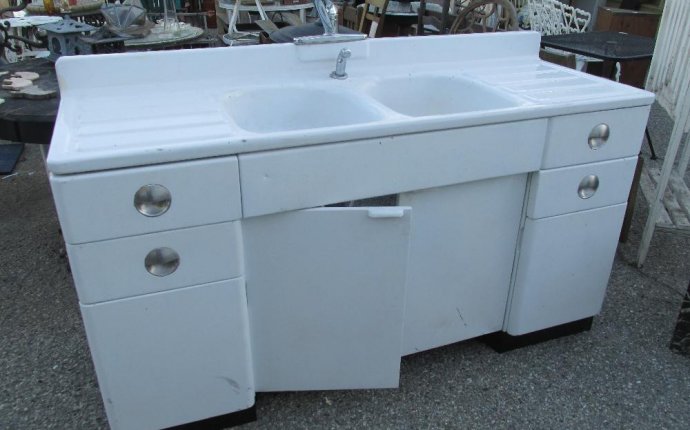
Affordable Vintage Furniture
The notions of “affordable” and “good quality” might be viewed as subjective, and what we’re referring to as “unique” is a bit broader than a pure literal interpretation. So let’s start by clarifying what we mean.
Affordable Furniture
For the purposes of this post, what we mean by “affordable” is furniture that someone with a typical rental apartment, condo or their first single-family home might want to consider. The stores we list below rarely sell anything for over $1, 000, the majority of items are a few hundred dollars, and some pieces can even be had for around $100. Given rent prices and the costs of home ownership in the DC metro area — whether you’re renting an apartment in Chinatown, living in a group house on Capitol Hill or now have your very own rowhouse in Bloomingdale, furnishing it doesn’t need to max out your credit card. Having said that, we don’t mean the absolute cheapest furniture available either. Rather, we’re going to point out furniture stores that, for their prices, provide a high amount of value and quality, especially if you’re willing to dig a bit and maybe use a touch of elbow grease. (If you’re looking for something that you can throw to the curb or the dumpster in a few months after your internship, you might want to look elsewhere!)
And while we’re on the topic of affordability and prices, keep in mind that some of the stores on our list do entertain haggling. So, if you see something you like and it seems just a bit out of reach, you should definitely consider throwing out an offer. Again this applies to some of the stores below (as noted); others offer their best price from the get go and are not likely to negotiate.
High Quality Furniture
This is the easiest of the criteria to define. Nice furniture uses durable building materials including solid hardwood, strong metals, glass or sturdy composite materials (e.g, acrylic, acrylic glass and lucite), high-quality wood or durable engineered veneers (e.g., formica) and other materials that can stand up to everyday use. The type of construction used in well built furniture might include the use of dovetail joints or finger/box joints. Furniture that you can hope to keep for years, decades and perhaps even generations also uses high quality assembly hardware (e.g., metal instead of plastic fasteners).
Good quality furniture in most cases does not use particle board, press wood or malleable plastics for any significant portions of their build material. Particle board is also often finished over with paper, sometimes with an artificial print to look like a wood grain. These materials rarely survive the realities of life, especially District city life, such as the need to move (and move again!). Or for those that have been unlucky enough to experience a flood, perhaps those with an English basement apartment in DC, these materials melt almost as easy as butter when they come into any prolonged contact with water. Also, furniture that is built to last does not rely on cam lock nuts. Don’t bother trying to dissemble those things and expect a quality rebuild, and don’t put too much weight (or a drunk uncle) on a product that relies on them.
You’ve probably caught on that we’re referring to mass manufactured, low cost furniture from stores like Ikea. Don’t get us wrong, they’ve got some appealing products at rock bottom prices, but they’re generally not built to last as long as fully assembled furniture. Their inventory also lacks originality in so far as they manufacture and sell millions of the exact same piece throughout the world. Our list of stores is meant to provide some local alternatives to the College Park or Potomac Ikea; the Target locations in Columbia Heights, Greenbelt, Wheaton/Silver Spring or Falls Church; and either the Georgetown, Chevy Chase or Tyson’s Corner locations of Urban Outfitters. We’ll soon have another even more targeted post about good alternatives to those stores, not just in terms of price, but specific style as well (e.g., midcentury modern and Scandinavian design).









